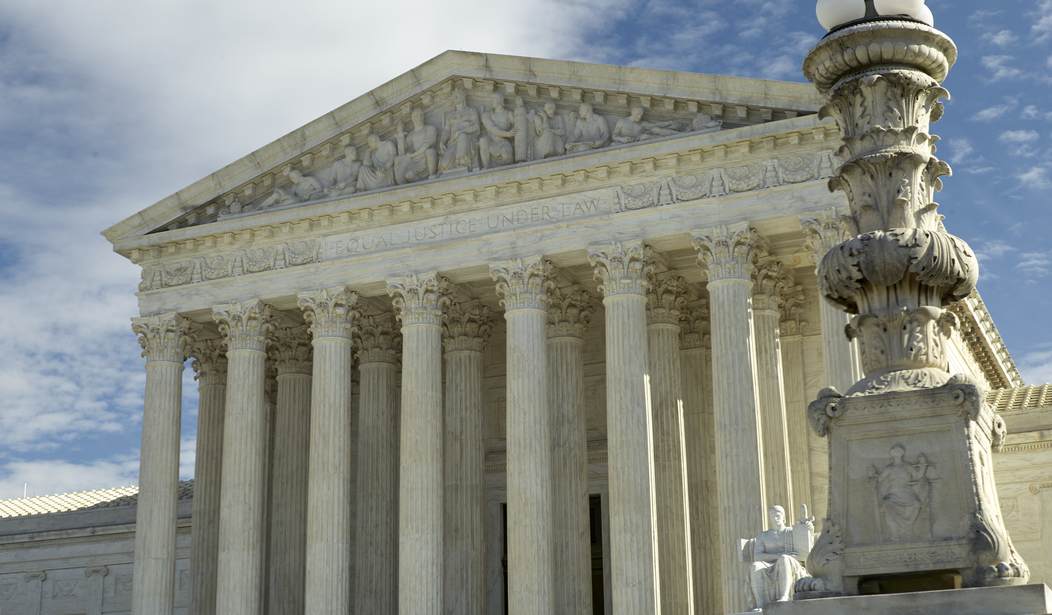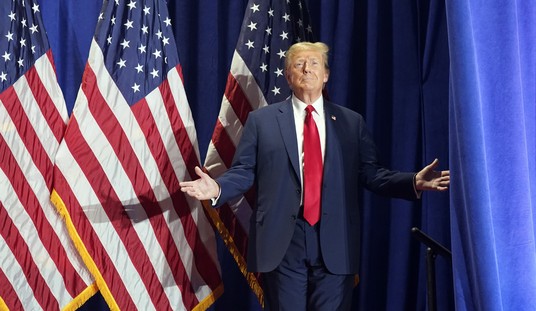House and Senate Democrats, led by House Judiciary Chairman Jerry Nadler (D-NY), today pulled back the curtain on the grand design to seize political power in every branch of government by introducing a bill to increase the size of the current high court from nine to 13.
The two-paragraph bill fulfills the promises of nearly all the Democratic presidential candidates in the past election, and fully reveals the capture of the Biden administration by the progressive left.
Along with moves to eliminate the Electoral College and grant statehood to Puerto Rico and the District of Columbia, packing the Supreme Court is another in a series of “let’s play with the U.S. Constitution for political purposes” proposals that shake the foundations of separation of powers and checks and balances protecting against the concentration of power in any one branch of government.
It’s been tried before, and it failed — for all the right reasons.
After a series of stinging Supreme Court defeats of elements of his New Deal legislation, President Franklin Roosevelt pushed a legislative effort to add more Justices to the U.S. Supreme Court with the Judicial Procedures Reform Act of 1937.
The Act, which was opposed by Roosevelt’s own Vice President John Nance Garner, would have granted the President the power to appoint up to six new Justices, one for every current Justice who reached the age of 70 years and 6 months. It was widely known that Roosevelt’s aim was to pack the court with Justices who would approve his New Deal legislation.
Recommended
Fast forward to the modern era, and the idea has been likewise cast aside by most on the left and right.
Calling Roosevelt’s court packing plan a “bonehead idea” whose partisan objectives were “seen clearly,” then-U.S. Sen. Joe Biden in 1983 said the effort to pack the high court “put in question for an entire decade the independence of the most significant body in this country.”
While the Constitution is silent on the number of required Supreme Court Justices, the current roster of nine has been the authoritative standard since the Judiciary Act of 1869, when Congress determined the court would be made up of a Chief Justice and eight associate Justices. In theory, Congress has the authority to change that number through the legislative process.
What Congress does not have the authority to do on its own is to create term limits or other rotational procedures for changing the makeup of the court — including recent proposals for sitting Justices to appoint other Justices.
Art. 3, Sect. 1 grants Justices unlimited terms that can only end by death, resignation, or impeachment by Congress. So, in terms of term limits or rotation, a constitutional amendment would be required. Further, the Senate plays a key constitutional role in confirming nominees — a role that would presumably be abandoned by Justice-led appointments.
And what are the odds of amending the Constitution? It’s a high hurdle, to say the least. According to the Constitution, a proposed amendment requires two-thirds majorities in both the U.S. Senate and House, after which it is sent to the states, where three-quarters (roughly 38 states) must approve either by state legislature votes or state convention.
The brazen speed at which the Democrats have moved to enact what Biden once rejected, with his expected support, fully illustrates the power-driven determination to politicize all aspects of government, including the one branch that is designed to be outside politics.
























Join the conversation as a VIP Member